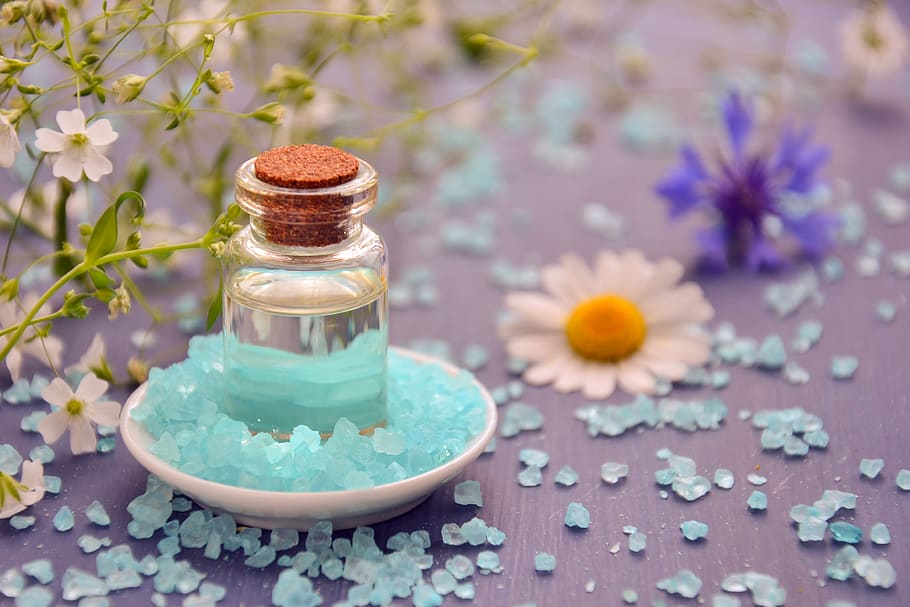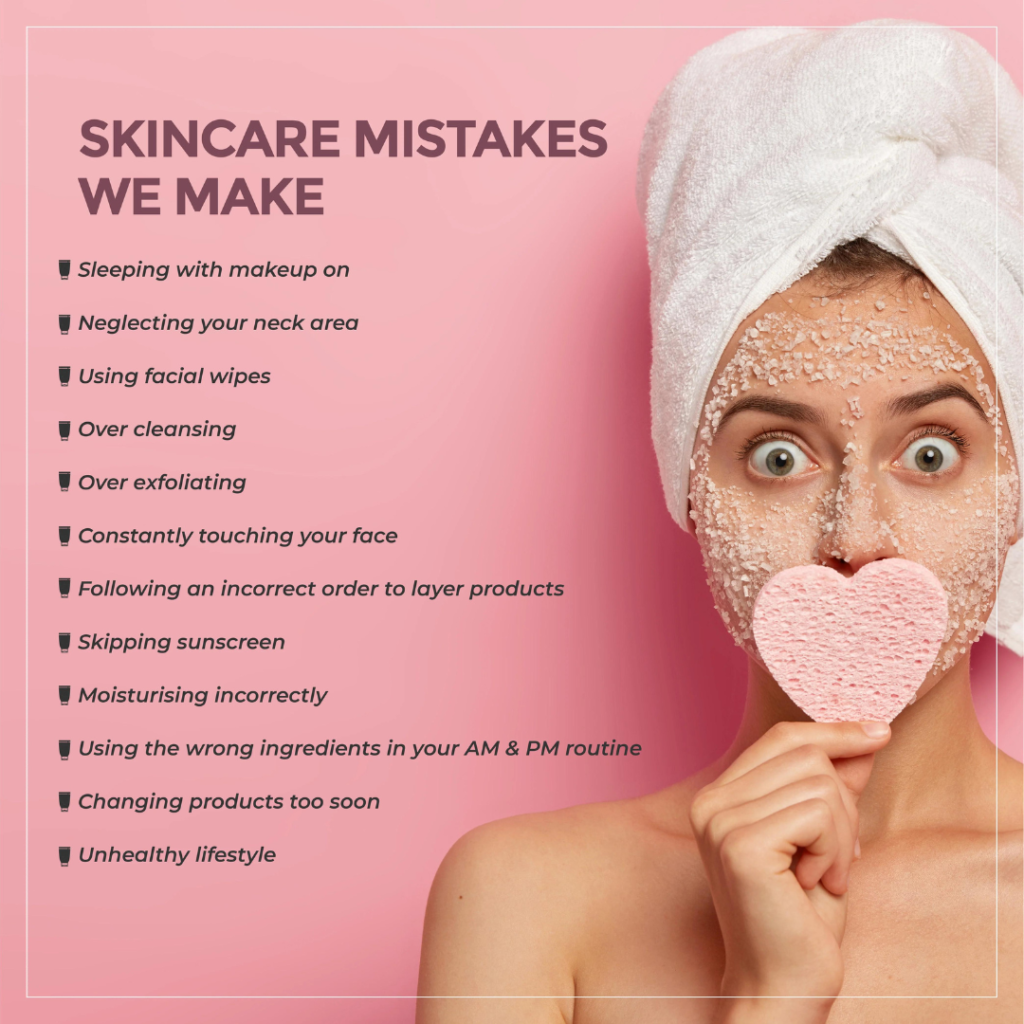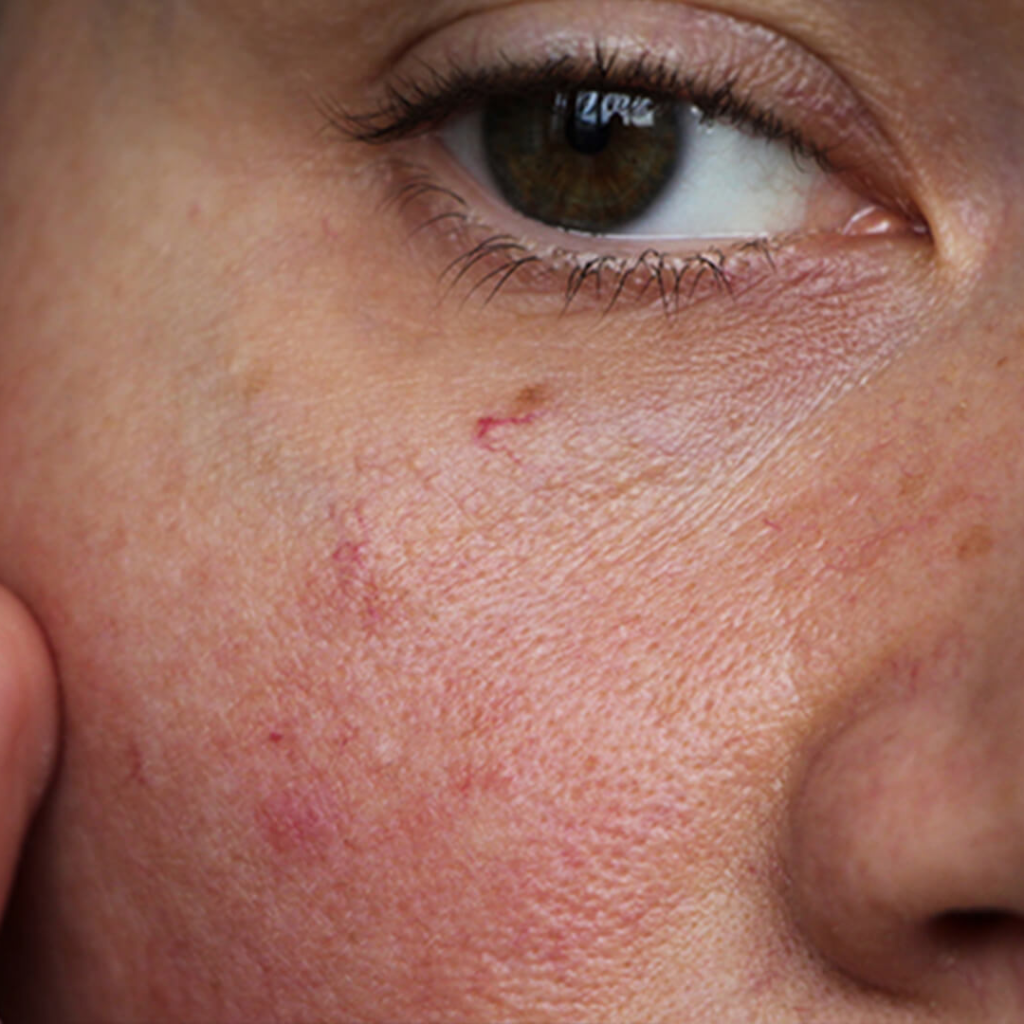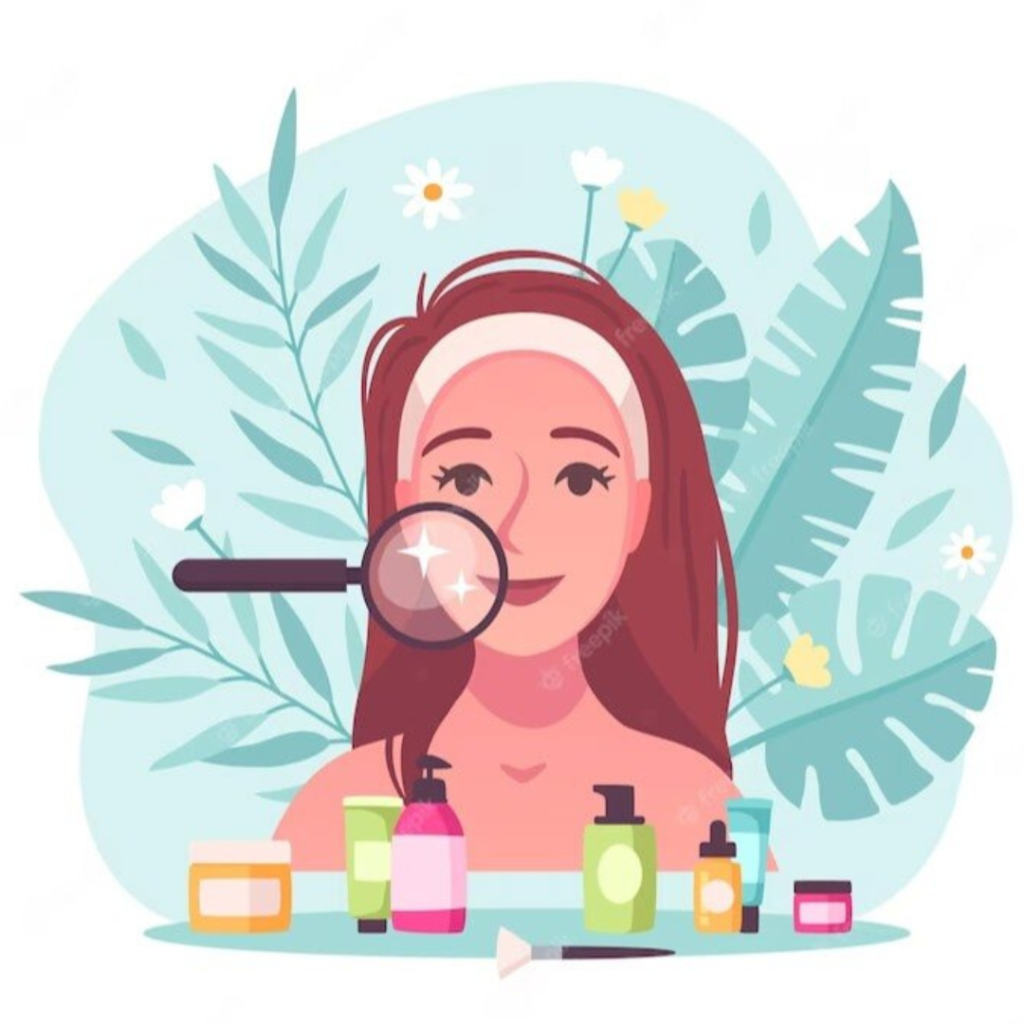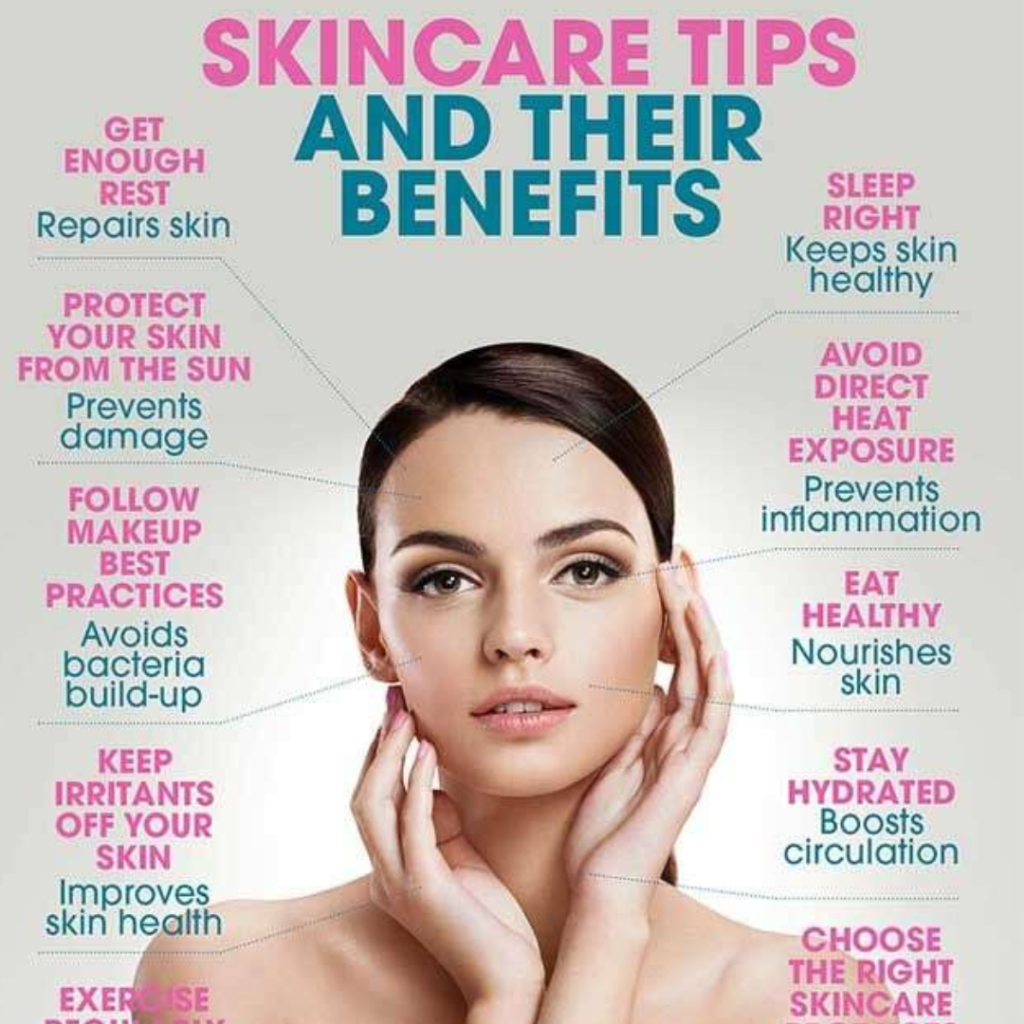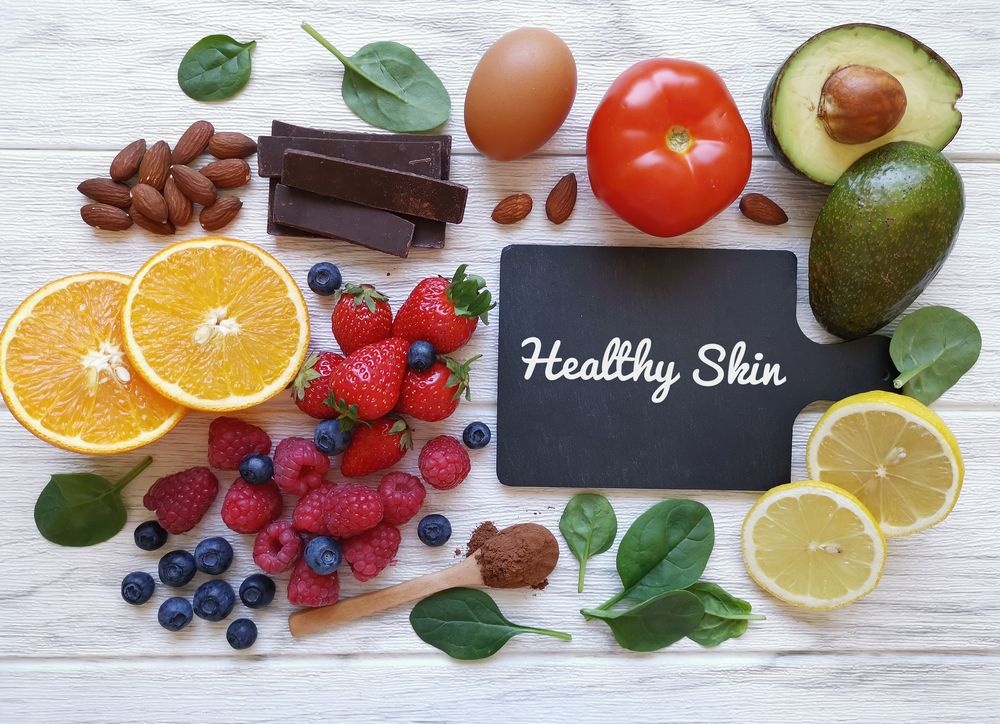24 Seasonal Skincare Tips: Your Guide to Radiant Skin Year-Round
Seasonal Skincare Tips: A guide for your radiant skin all year-round in every season. Just as nature changes with the seasons, so should your skincare routine. Adapting your skincare regimen to the different seasons is essential to ensure your skin remains healthy, balanced, and radiant throughout the year.
Seasonal Skincare Tips
In this article, we’ll delve into the significance of Seasonal Skincare Tips and provide expert advice and product recommendations for each season, enabling you to maintain a glowing complexion year-round. Weather its the harsh winter winds or the the scorching summer sun, with the help of these tips, make your skin feel fresh and radiant at all times.
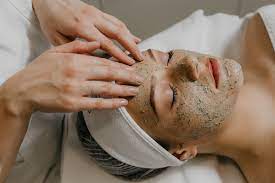
The Impact of Seasons on Your Skin
Before we explore season-specific skincare tips, it’s crucial to comprehend how the changing seasons affect your skin. Each season presents its unique set of challenges and along with these challenges varies the seasonal skincare tips for each season:
- Spring: In spring, as the weather warms up and humidity levels rise, many experience an increase in oil production and potential breakouts. Moreover, pollen and allergens can trigger skin sensitivities and allergies.
- Summer: Summer often brings intense heat and sun exposure, which can lead to UV radiation damage, resulting in sunburn, premature aging, and an increased risk of skin cancer. Increased sweating can also contribute to clogged pores and breakouts.
- Autumn: As the weather cools down, the air becomes drier, causing dry, flaky skin. Additionally, winds can further dehydrate the skin, leaving it feeling tight and uncomfortable.
- Winter: Winter is synonymous with cold, dry air and indoor heating, which can strip the skin of its natural moisture. This season is notorious for causing dryness, chapping, and redness.
Now, let’s explore how to tailor your skincare routine to each season:
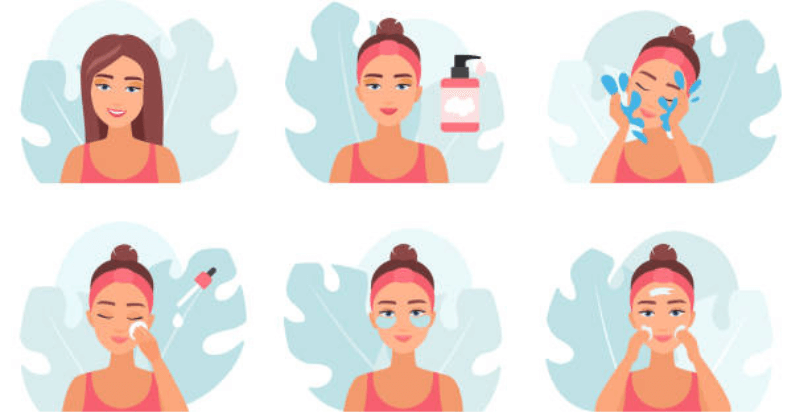
Spring Skincare Tips
1. Lighten Up: Transition from heavy winter moisturizers to lighter, hydrating formulas.
2. Sunscreen: As the sun becomes more intense, always wear sunscreen to protect against UV rays.
3. Antioxidants: Incorporate antioxidant-rich products to combat free radical damage.
4. Allergy Management: If you have allergies, manage them to prevent skin reactions.
5. Exfoliation: Gently exfoliate to remove dead skin cells and prevent breakouts.
6. Hydration: Keep your skin hydrated but avoid heavy, pore-clogging creams.
Summer Skincare Tips
7. Sun Protection: Use a broad-spectrum sunscreen with at least SPF 30 daily and reapply as needed.
8. Hydration: Stay well-hydrated by drinking water and using lightweight, non-comedogenic moisturizers.
9. Oil Control: Employ oil-free products and blotting papers to manage excess oil.
10. Cooling Masks: Apply cooling masks or aloe vera gel to soothe sun-exposed skin.
11. Exfoliation: Continue exfoliating to prevent clogged pores and congestion.
12. Minimal Makeup: Opt for minimal makeup to prevent pore blockage.

Autumn Skincare Tips
13. Hydrate: Switch to richer moisturizers to combat dryness.
14. Exfoliation: Exfoliate to remove dry, flaky skin and encourage cell turnover.
15. Lip Care: Utilize a nourishing lip balm to prevent chapping.
16. Sunscreen: Continue using sunscreen, as UV rays are still present.
17. Humidifiers: Employ humidifiers indoors to add moisture to the air.
18. Hydrating Masks: Apply hydrating masks to rejuvenate parched skin.
Winter Skincare Tips
19. Hydration: Focus on deep hydration with thicker moisturizers.
20. Gentle Cleansing: Use gentle, hydrating cleansers to avoid further dryness.
21. Lip Care: Apply a thick layer of lip balm to combat chapping.
22. Avoid Hot Water: Use lukewarm water for cleansing, as hot water can strip natural oils.
23. Layer Products: Apply a serum or oil before moisturizing to lock in moisture.
24. Sunscreen: Don’t forget sunscreen, even on cloudy winter days.
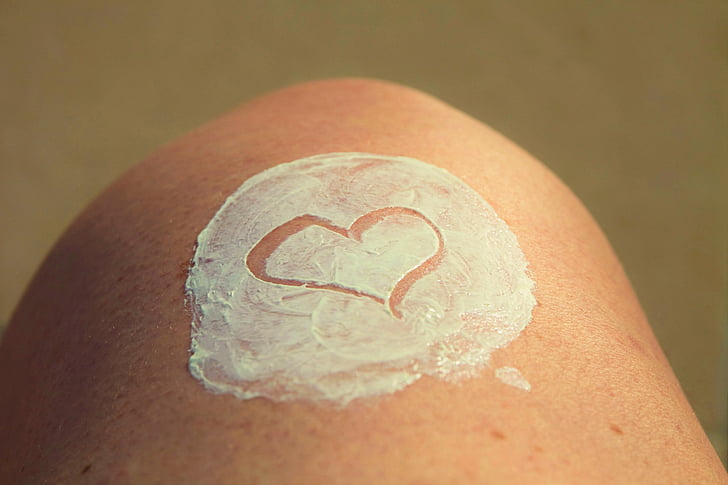
Conclusion
Adapting your skincare routine to the seasons is key to maintaining healthy and radiant skin year-round. Remember that consistency is vital, so make gradual changes to your regimen as the weather shifts. Additionally, consult with a dermatologist or skincare professional for more seasonal skincare tips or to address any specific skin concerns you may have.
By following these Seasonal Skincare Tips and being mindful of your skin’s changing needs, you can ensure that your complexion remains beautiful, balanced, and protected throughout every season. Your skin will thank you for the extra care and attention, allowing you to confidently face the challenges of each season with a healthy glow.
By: Ria Khurana
Also read:
Face Glowing Tips: The Natural Way
24 Seasonal Skincare Tips: Your Guide to Radiant Skin Year-Round Read More »

